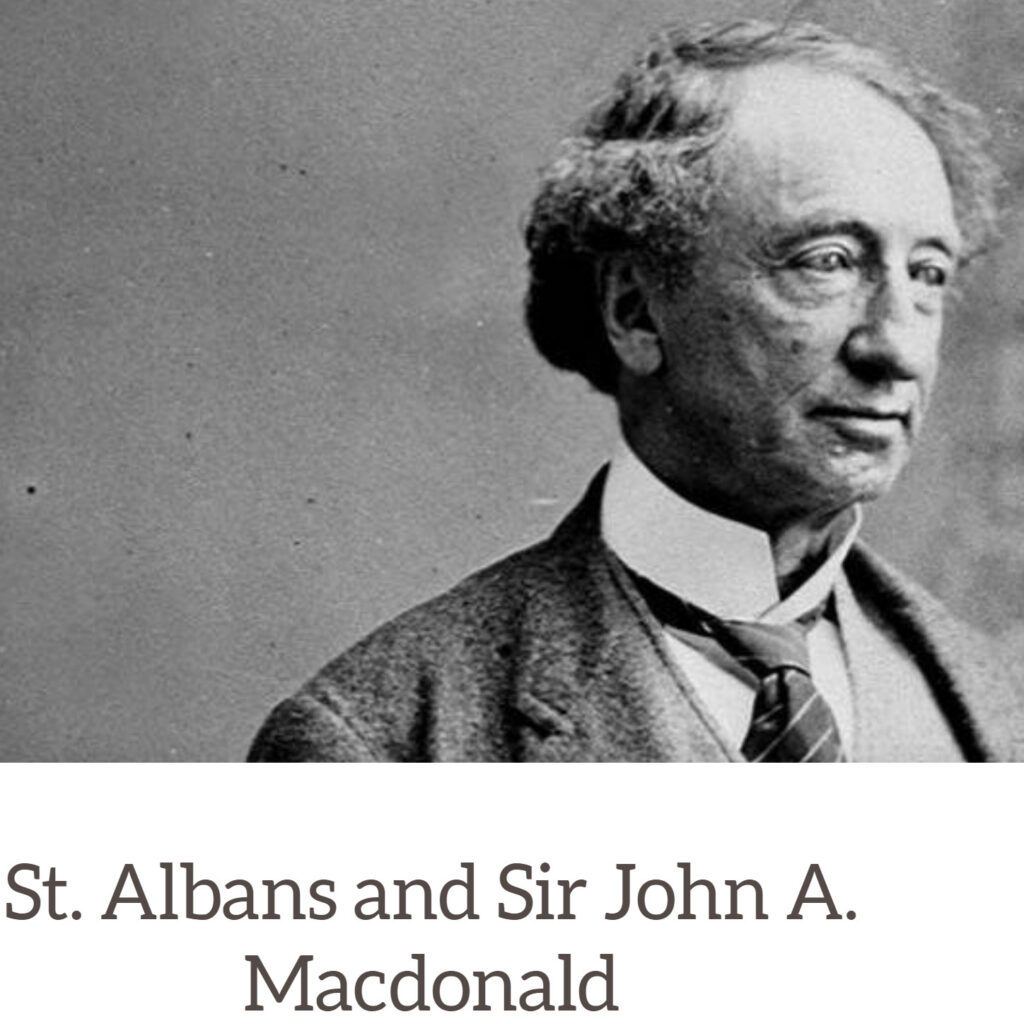In 2008, St. Alban’s church in downtown Ottawa voted to join the Anglican Network in Canada, at which point the building was turned over to the Anglican Church of Canada.
The church runs Centre 454 for homeless people, a program that was started in 1979. Now the residents of the Sandy Hill neighbourhood are “urging the city to cut off funding for a drop-in centre they blame for sowing fear and chaos”.
The city is considering moving it elsewhere. It will be interesting to see if the church survives if its funding and raison d’être are removed.
From here:
St. Alban’s rector Rev. Michael Garner said the centre first opened in the church in 1979, relocated to Murray Street, and then returned to the King Edward site around 2012.
It was bursting with activity when CBC visited on Wednesday. Young said demand has doubled in the past year.
“The need is increasing,” she said. “Abject poverty, lack of affordable housing, increased cost of food, a very toxic drug supply are some of the things that are contributing to some of the behaviours that are more visible, because more people are suffering.”
But for four neighbours who appeared at a city budget meeting on Tuesday, those behaviours are intolerable. They blamed Centre 454 for a wave of theft, violence and intimidation that has left them terrified. They said the centre’s clients harass and threaten them, break into their properties, defecate in their gardens and use drugs on their laneways.
Sandy Hill resident Susan Khazaeli said Centre 454 staff are unresponsive to the community’s concerns and take no accountability for their clients once they walk out the door.
“Centre 454 is responsible for endangering the welfare and security of everyone near it,” she told council’s community services committee. “I am begging everyone here to defund this service. It does not belong here.”


 Declaring the Sanctity of Life and the Dignity of All
Declaring the Sanctity of Life and the Dignity of All


 Five Anglican ministers are expressing disappointment with the recent decision by the Petawawa town council to not fly the Pride flag because of a 23 year old municipal resolution prohibiting such public displays.
Five Anglican ministers are expressing disappointment with the recent decision by the Petawawa town council to not fly the Pride flag because of a 23 year old municipal resolution prohibiting such public displays. Sir John A. Macdonald and his wife, Agnes Bernard of Jamaica, were early parishioners of St. Albans. While Sir John A. Macdonald is rightly remembered as the first Prime Minister of Canada, he is also remembered by First Nations as an architect of the residential schools, and by Métis for the execution of Louis Riel. Many decisions integral to Canadian nation building undermined the rights and needs of Indigenous peoples, who were the first to make this land their home.
Sir John A. Macdonald and his wife, Agnes Bernard of Jamaica, were early parishioners of St. Albans. While Sir John A. Macdonald is rightly remembered as the first Prime Minister of Canada, he is also remembered by First Nations as an architect of the residential schools, and by Métis for the execution of Louis Riel. Many decisions integral to Canadian nation building undermined the rights and needs of Indigenous peoples, who were the first to make this land their home.

 Algonquin spiritual teacher in residence appointed at Ottawa cathedral.
Algonquin spiritual teacher in residence appointed at Ottawa cathedral.